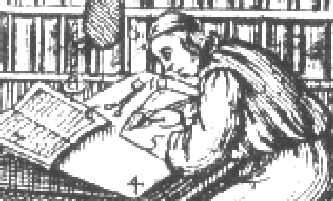 |
Text Encoding Initiative |
The XML Version of the TEI Guidelines<language> |
| <language> | identifies the language being described in the writing system declaration. | |||||||||||
| Attributes |
(In addition to global attributes)
|
|||||||||||
| Example |
<language iso639=''>Various</language> <language iso639="GRC">Classical Greek</language> |
|||||||||||
| Note |
In general, the `language' associated with a given writing system declaration will be a natural language; it may however be a dialect, an artificial language, or some other semiotic system conveniently treated as a language. The content of the <language> element is a description in prose of what language the WSD describes. Usually this will simply be the conventional name of the language; more information may however be included as needed. Specialized writing system declarations which document a public character set or entity set suitable for encoding several languages, and which are intended for use as a base component within other language-specific writing system declarations, should identify the <language> to which they apply as ‘Various’. Such writing systems should not be used directly by encoded texts; they should be named only in the <baseWsd> element of language-specific writing system declarations. |
|||||||||||
| Module | Declared in file teiwsd2; Auxiliary tag set for Writing System Declarations | |||||||||||
| Data Description | May contain character data only. | |||||||||||
| May contain | #PCDATA | |||||||||||
| May occur within | langUsage | |||||||||||
| Declaration |
<!ELEMENT language %om.RO; (#PCDATA)>
<!ATTLIST language
%a.global;
iso639 CDATA #REQUIRED> |
|||||||||||
| See further | 25.2 Identifying the Language; 25.1 Overall Structure of Writing System Declaration | |||||||||||
Up: 35 Elements